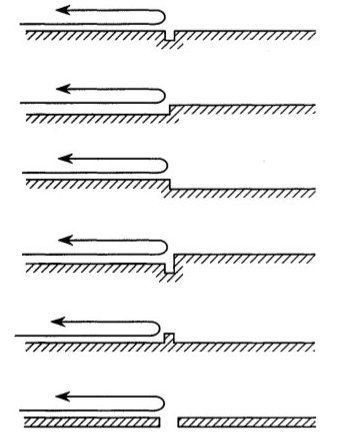ChineseTiger1986
ELITE MEMBER

- Joined
- Jan 27, 2010
- Messages
- 23,477
- Reaction score
- 12
- Country
- Location
Says who ?... You.. what are your qualifications ??
On whats grounds can you prove it as an AESA ?.. 120 IQ ?
Ever studied about radar engineering...
Answer one correctly I would show you the Indian X-band AESA FCR... along with Transistor chips...
Because i have the direct proof.
J-11 with AESA

J-10B with PESA, but it was the early prototype.

So it is better to STFU if you have nothing to contribute except trolling.






